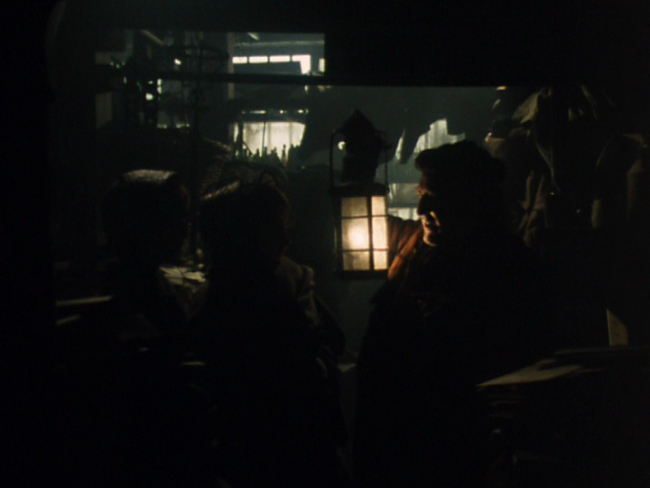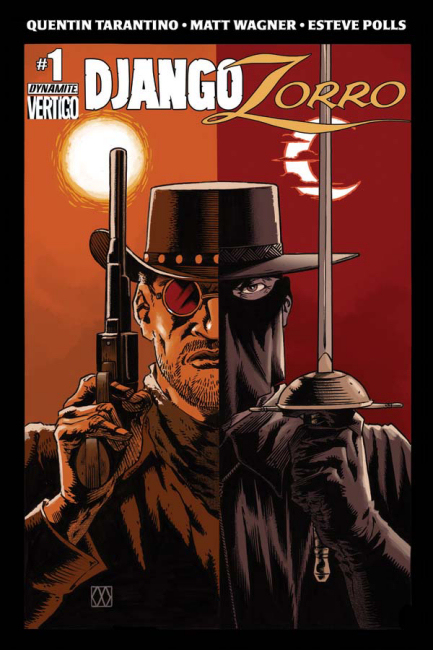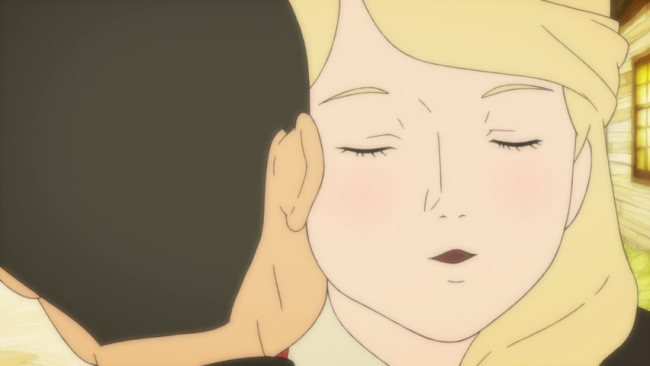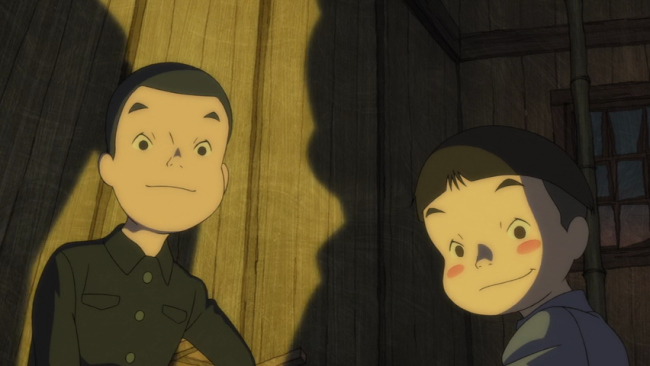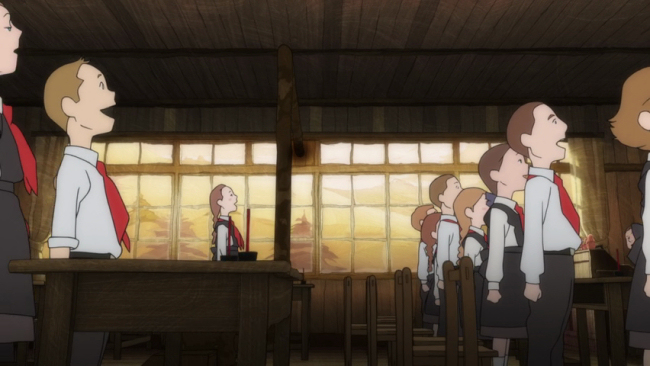I dreamt last night I made a lemon meringue pie with pecans in a huge, novelty martini glass and I tried to eat it while driving downtown. I don't think this has anything to do with the fact that I stayed up late finishing
Bleak House, the great Charles Dickens novel in which the author builds a critique of England's Chancery court system by expertly crafting a wide array of characters caught in the inescapable purgatory of a Chancery suit. In so doing, Dickens creates a novel about something much more fundamental, a human compulsion to sacrifice health, youth, and fulfilment to illusory pursuits created by pride, guilt, inconstancy, and greed. It's not a perfect novel--I dislike the ways Dickens chooses to portray some of the characters. But on the whole, it's a remarkable compendium of Dickens doing what he did best, creating nuanced, wonderfully flawed characters.
I would say my favourite parts of the book came to be the scenes involving Lady Dedlock and the lawyer, Tulkinghorn, who finds out a bit of scandalous information about her that would embarrass to the point of trauma the lady's husband, Sir Leicester Dedlock. There's a vaguely S&M quality to it as Lady Dedlock is established as a sort of dominatrix of polite Victorian society, studied in exhibiting a perfect iciness and comportment, slowly dying from boredom caused by everyone and everything--they all being implicitly inferior to her. And then, through very complex plot involving a lot of unwitting characters, Tulkinghorn, the family lawyer, slowly begins to learn something. The descriptions of the very slightest of hints of these things in society gatherings where Tulkinghorn and Lady Dedlock are present causing tremors of feeling so great as to just possibly make her face twitch or something while Tulkinghorn maintains at the same time a perfect façade of inconspicuous legal servant, a submissive, are really captivating.
Just as the artificial system of the Chancery court ultimately seems to exist just to sustain itself, so Lady Dedlock's compulsion to maintain appearances for her husband's sake create slow destruction. Richard Carstone, a young man whose inheritance has been tied up in the Jarndyce and Jarndyce case, degenerates over the course of the novel like a drug addict as the possibility of coming into a vast fortune slowly diverts his attention from forging a career for himself. One of the many delightful minor characters, Miss Flite, an old woman whose case has similarly been tied up since time immemorial, cheerfully haunts the court as though she's there as a member of some family, when really the place is filled only with the warmth of legal careers--some are of ambitious young blood suckers, some are of cynical older men who modestly exacerbate the addictive tendencies of people like Carstone to subsist on a meagre salary.
Of the former group is Mr. Guppy, one of three suitors for the primary protagonist of the book, Esther Summerson, Dickens' only female narrator. The book shifts between two narratives--an omniscient third person narrator writing in present tense and past tense remembrances by Esther, an endlessly self-deprecating orphan woman who's taken as ward by John Jarndyce, owner of the large manor called Bleak House. Jarndyce, in addition to being portrayed as immensely benevolent, is also wise in avoiding as much as possible having anything to do with the never-ending case which bears his name.
Guppy is the most flawed of Esther's suitors, which is of course why I like him best. He unmistakably courts Esther for her looks but he's also industrious and genuinely considerate at times. Then there's a doctor, Woodcourt, who is perfectly good and perfectly dull, and the third suitor I might like almost as much Guppy just for the understated tragedy of his love--I won't spoil it for you.
But the character whose portrait I really disliked was Harold Skimpole, who seemed to be, like the far better written James Harthouse of Dickens' subsequent novel Hard Times, an opportunity provided by Dickens' for himself to lampoon the shallower participants of the Romantic movement. In fact, Skimpole is based--rather accurately, Dickens himself immodestly claimed in a letter--on Leigh Hunt, a writer and friend of Shelley, Keats, and Byron. Perhaps Dickens' acknowledgement of those writers' talents is reflected in John Jarndyce's love for Skimpole, though Dickens clearly has no love for him himself. He consistently portrays Skimpole as one who provides only delightful company and expects all his friends to pay for anything because, as Jarndyce and Skimpole repeatedly say, he is like a child and has no idea of money.
And that's the real problem I have with him--not that Dickens didn't like him, but that almost every line Skimpole has in the book is a basic description of his character, as a child to whom money is meaningless paper. Esther talks about Skimpole providing fascinating and delightful conversation, but we never get to hear any of it ourselves and it seems faintly strange that Jarndyce or anyone else wastes time with him. The real Leigh Hunt, while apparently being a bit shallow and, from what it sounds like, being rather ungrateful to Lord Byron who was one of several patrons who supported the frequently impoverished man and his family, at least was a prolific writer of prose and poetry, and publisher of several magazines which premièred works by Byron and Shelley, not the complete waste of space Skimpole appears to be.
But if Dickens misstepped with one character, he stuck gold with thirty others. The character list on the Wikipedia entry (which I would advise avoiding if you don't want the book spoiled for you) is amazingly long but it's like finally looking down Mount Everest after an oddly leisurely and enjoyable ascent. The entry breaks up the vast number into major and minor characters but I remember characters with one line descriptions in the Wikipedia entry--such as that of Volumnia Dedlock, "a Dedlock cousin"--being exquisitely rendered throughout the book and making meaningful contributions to the story. Volumnia is an older woman who acts out of her genuine nature like a picturesquely innocent girl of seventeen or so, an anachronism that causes discomfort in formal society but inspiring affection all the same.
And there's the wonderfully named Mr. Turveydrop, master of "deportment", Mrs. Jellyby who's obsessed with poverty in Africa while another character, a boy named Jo, is starving to death in a part of London with a name possibly alluding to King Lear, Tom-All-Alone's. So many characters, and each in his or her own way fixated on some illusory goal to the detriment of his or her self and others.
Esther's illusory goal is perhaps the subtlest, which is perhaps why she's the central character. Raised by a woman who impressed upon her throughout her childhood her worthlessness and the terrible crime she committed by just existing, Esther becomes a very considerate woman who nonetheless fails to see many times how her own modesty and forbearance could produce pain and cause impediment to those who love her. How perfectly Victorian, though, and how incisive of Dickens.






















